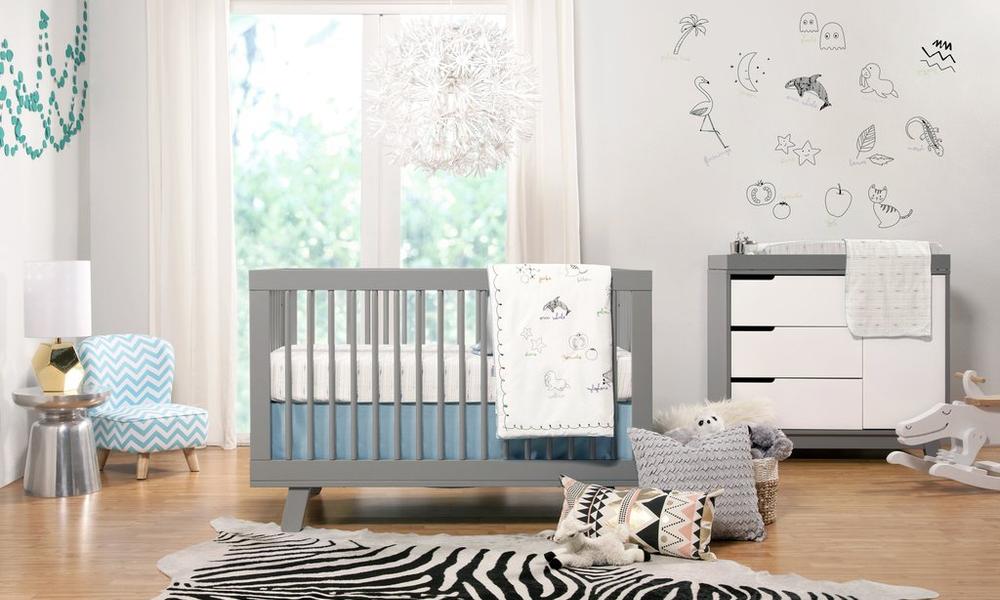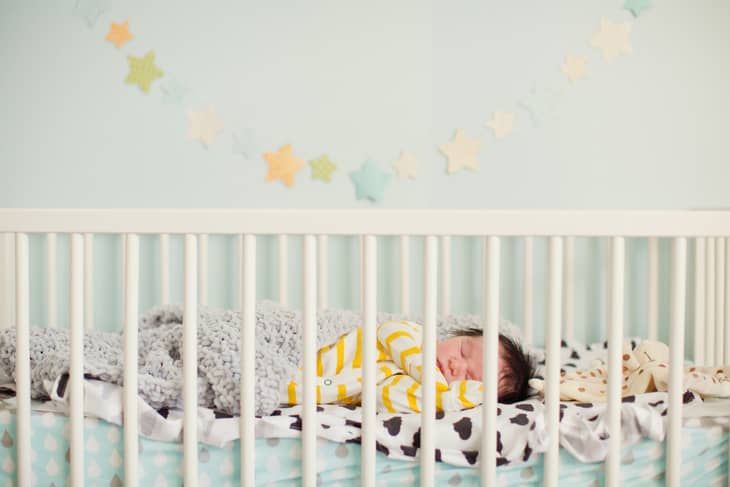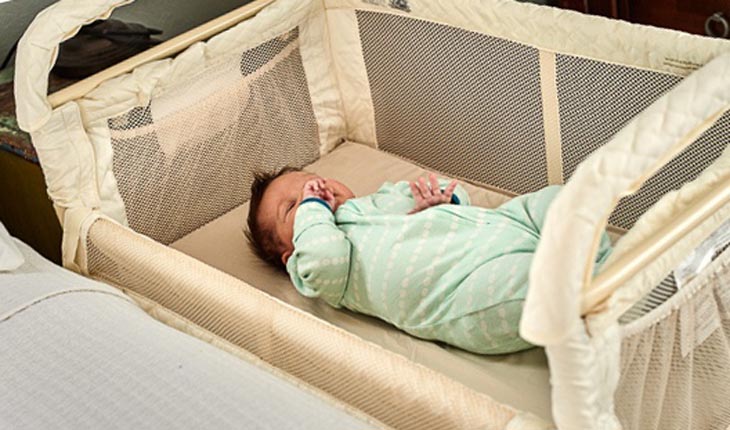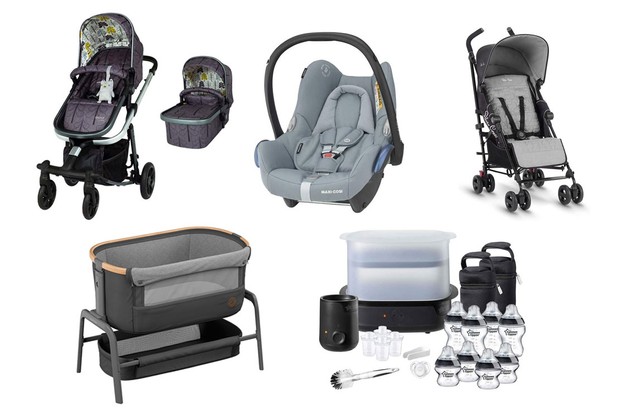
Baby sleep is precious, and the crib is the safest place for it. Newborns often start out in your arms, then you will need to transition to the crib. That switch can be challenging, babies cling to what feels familiar. Below, we break down proven, parent-tested strategies to help your baby sleep in the crib, including setting day-night cues, preparing the room, using white noise, and sticking to a soothing routine.
*As an Amazon Associate, I earn from qualifying purchases.
Contents
Quick Picks for Better Crib Sleep
- Firm, breathable crib mattress for safe support and fewer wakeups
- Wearable sleep sack keeps baby warm, no loose blankets
- White-noise machine masks household sounds
- Blackout curtains help set a strong day, night cue
- Room thermometer & hygrometer to keep 68–72°F and comfy humidity
- Dimmable night-light calm light for quick checks without fully waking baby
- Best Cribs for Short Moms
1.Teach Them the Difference Between Night and Day
Daytime should feel bright and active, nighttime calm and quiet. In the morning, open the curtains and spend time near sunlight. In the evening, dim lights, keep voices soft, and limit stimulation. Strong light control helps set baby’s body clock, so use reliable blackout curtains to keep the room dark during naps and nights.
2. Prepare the Room
For the first months, room-sharing is recommended, the baby sleeps in a separate safe sleep space by your bed. Aim for a cool, comfy room, about 68–72°F, 20–22°C, and keep it quiet and dim. A simple combo makes this easy: monitor conditions with a small thermometer, hygrometer, and use a dimmable night-light for quick checks without fully waking baby.
Note: If you use a bedside bassinet or sleeper, follow the manufacturer’s safety guidelines and current safe-sleep recommendations.
3. Have a Certain Routine
A predictable sequence cues sleep. Think: diaper change, gentle massage, zip into a sleep sack, quiet feed, lullaby, crib. Keep the steps short and repeatable, about 20 to 30 minutes. For warmth without loose blankets, zip baby into a wearable sleep sack as the last step before lights out.
4. Bottoms First
When you place baby in the crib, lower their bottom first, then gently ease the head down. This reduces that falling sensation that can startle them awake. After you settle them, rest your hand on their tummy for a few slow breaths, then step back.
5. Use White Noise
Consistent, low, steady sound helps mask sudden household noises and can become a soothing sleep cue. Keep it at a safe volume and run it continuously for naps and nights. Try a simple plug-in unit like a baby-friendly white-noise machine with an always-on option.
6. Keep Your Older Children Away
If you have toddlers or older kids, create a clear “quiet zone” during baby’s sleep. Explain when playtime happens, and set up a small activity basket for the older child in another room while baby naps. A consistent family routine protects everyone’s rest.
7. Avoid Putting Anything in the Crib With Your Baby
Keep the crib clear, only a firm mattress with a snug fitted sheet. No pillows, blankets, toys, or bumpers. For warmth, use a wearable blanket, sleep sack instead of loose covers, it keeps baby cozy while the sleep space stays clutter-free.
8. Choose a Firm Mattress
A firm, breathable crib mattress matters more than anything. Choose one that is clearly labeled “firm” for infants, with a snug fit that leaves no gaps around the edges. Skip soft or pillow-like styles, babies need sturdy support to keep airways clear and necks aligned. Use a snug fitted sheet and, if you like, a breathable waterproof protector to handle leaks without adding bulk.
Final Thoughts
Babies learn sleep by repetition, not perfection. Keep nights calm and predictable, keep the sleep space cool, dark, and quiet, and keep the crib clear. If progress feels slow, you are still teaching the right cues every day. You have got this.
Tonight’s 5-minute plan: dim the room, zip into a sleep sack, turn on white noise, place baby bottom first, hand on tummy for a few slow breaths, then step back.






